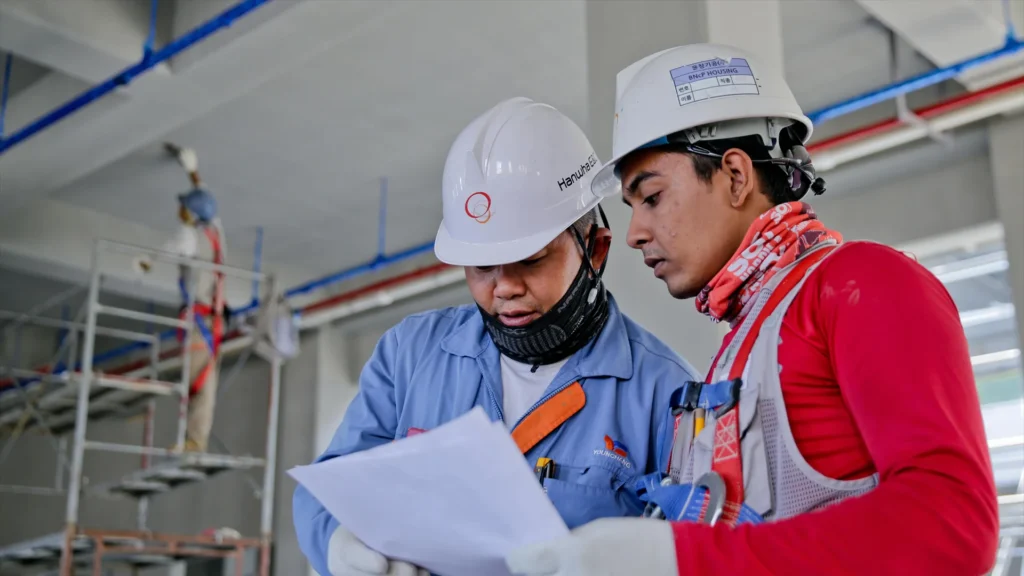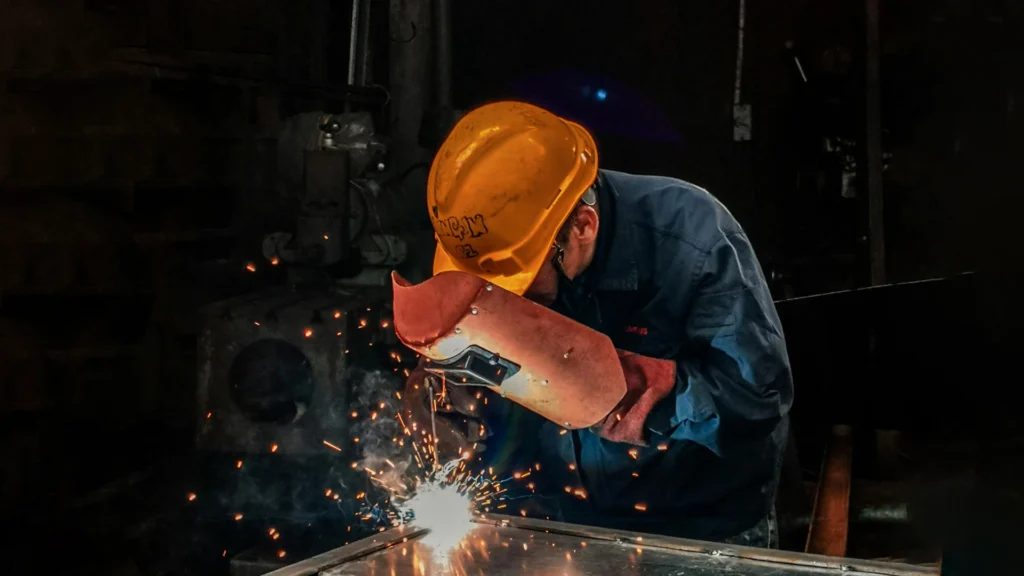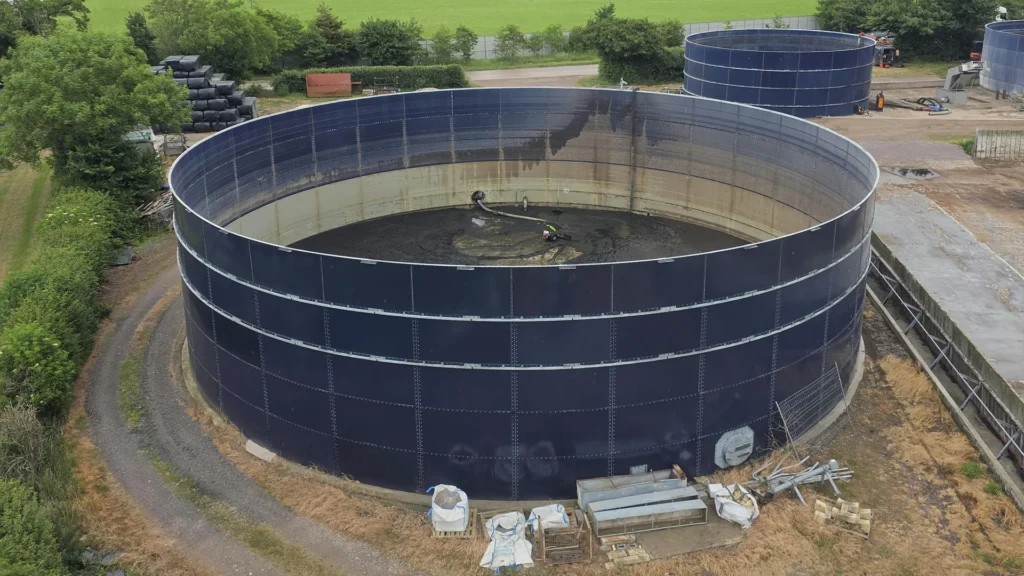Reverse Osmosis (RO) systems are among the most widely used technologies for water purification across various industries. Like any specialized equipment, their optimal performance depends heavily on proper maintenance. Poor maintenance not only reduces efficiency but also drastically shortens the lifespan of membranes and system components.
In this article, we highlight five common mistakes in RO system maintenance along with effective solutions to prevent or resolve them.

1. Using untreated or improper feedwater
🔻 Problem:
Raw water containing suspended solids, free chlorine, high hardness, or bacteria can cause fouling, scaling, or even membrane damage.
✅ Solution:
- Install proper pre-treatment systems (sand filters, carbon filters, softeners, etc.)
- Remove free chlorine using chemicals such as sodium metabisulfite
- Regularly test and analyze feedwater quality and adjust equipment accordingly
2. Neglecting regular membrane cleaning
🔻 Problem:
Mineral scaling, organic fouling, and biological growth accumulate on membranes over time, leading to reduced flow and poor water quality.
✅ Solution:
- Implement a scheduled CIP (Clean-In-Place) program tailored to the type of fouling
- Use specialized cleaning agents recommended by your chemical supplier
- Monitor differential pressure and clean membranes at the right time
3. Poor pH and temperature control
🔻 Problem:
RO membranes are sensitive to pH and temperature. Operating outside allowable ranges can cause physical or chemical damage.
✅ Solution:
- Maintain feedwater pH between 5 and 8 (depending on membrane type)
- Prevent water temperature from exceeding the maximum limit (typically 45 °C)
- Use accurate sensors and alarms for continuous monitoring
4. Ignoring permeate water quality
🔻 Problem:
Some operators only monitor flow or pressure while neglecting key water quality indicators (TDS, conductivity, silica, etc.).
✅ Solution:
- Install online analyzers for TDS, EC, and SDI at the system outlet
- Record and track gradual changes in product water quality
- Conduct periodic lab tests alongside real-time monitoring
5. Delaying replacement of filters and consumables
🔻 Problem:
Cartridge filters, membranes, O-rings, and other consumables all have a limited service life. Overusing them can lead to leakage, pressure drops, or damage to other components.
✅ Solution:
- Establish a preventive maintenance (PM) schedule for timely replacement
- Keep records of system performance and previous replacement dates
- Source spare parts from reputable suppliers to ensure quality
Conclusion
Proper RO system maintenance is more than just preventing failures—it’s an investment in equipment longevity, reduced long-term costs, and consistently high water quality. By avoiding these five common mistakes and implementing the recommended solutions, you can maximize the efficiency and reliability of your RO system.


